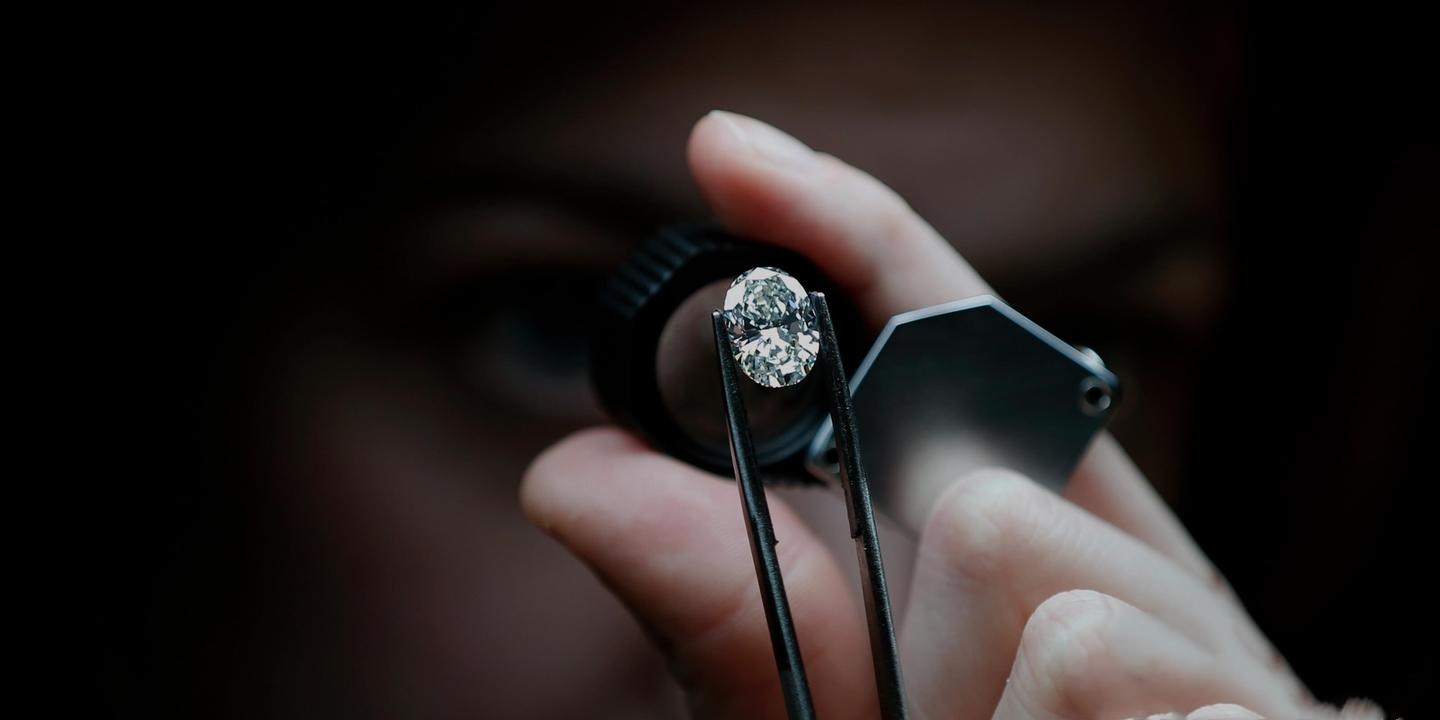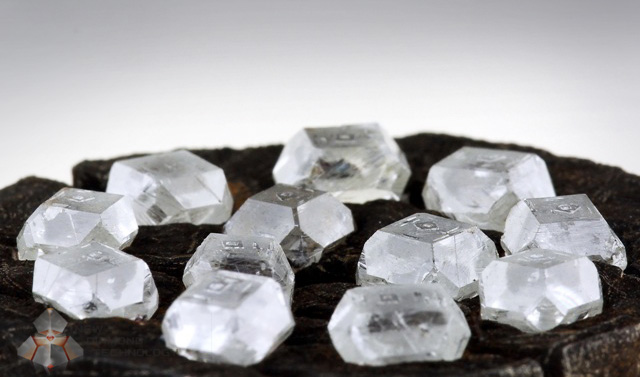Lab grown diamonds and mined diamonds represent two distinct options in the world of fine jewelry, each with its own set of characteristics and considerations. In this comprehensive guide, we delve into the differences between lab grown diamonds and mined diamonds, helping you make an informed decision based on your preferences and values.
Lab Grown Diamonds: Innovation and Sustainability
Creation Process
Lab grown diamonds or mined are produced using advanced technological processes that replicate the natural diamond formation process. There are two primary methods:
- High Pressure High Temperature (HPHT): Mimics the high pressure and temperature conditions under which natural diamonds form deep within the Earth’s crust.
- Chemical Vapor Deposition (CVD): Involves creating diamonds by layering carbon atoms onto a substrate in a controlled environment.
Ethical and Environmental Considerations
One of the significant advantages of lab grown diamonds is their ethical and environmental profile. They are produced in controlled environments, significantly reducing the environmental impact associated with traditional diamond mining. Lab grown diamonds also eliminate concerns about labor practices in diamond mining regions.
Quality and Purity
Lab grown diamonds often have fewer inclusions and blemishes compared to mined diamonds, due to the controlled production environment. This can result in diamonds with exceptional clarity and purity.
Cost Considerations
While lab grown diamonds can be more affordable than their mined counterparts, the price can vary depending on factors such as size, color, and clarity. The efficient production methods used in creating lab grown diamonds contribute to their competitive pricing.
Mined Diamonds: Tradition and Rarity
Natural Formation
Mined diamonds are formed naturally over millions of years under high pressure and temperature conditions deep within the Earth’s mantle. They are then brought to the surface through volcanic eruptions or mining operations.
Market Value and Rarity
Mined diamonds are valued for their rarity and natural beauty. The traditional appeal of mined diamonds lies in their natural origin and the centuries-old tradition associated with them. They often hold sentimental value due to their natural formation process.
Ethical and Environmental Considerations
The mining of natural diamonds has historically been associated with environmental impact and concerns about labor practices. While efforts have been made to improve sustainability in diamond mining, these concerns remain relevant for consumers concerned with ethical sourcing.
Certification and Traceability
Mined diamonds can be certified by reputable gemological laboratories, providing assurance of their quality and authenticity. Certification helps consumers make informed decisions when purchasing mined diamonds.
Choosing Between Lab Grown and Mined Diamonds
Factors to Consider
- Ethics and Sustainability: If ethical and environmental considerations are paramount to you, lab grown diamonds offer a sustainable alternative with minimal environmental impact and transparent sourcing.
- Budget: Lab grown diamonds can offer significant cost savings compared to mined diamonds, allowing you to purchase a larger or higher quality diamond within your budget.
- Sentiment and Tradition: Mined diamonds hold traditional and sentimental value for many individuals, stemming from their natural rarity and timeless allure.
- Personal Preference: Ultimately, the choice between lab grown and mined diamonds depends on your personal values, budget, and what matters most to you in a diamond.
Conclusion
Whether you choose lab grown diamonds for their sustainability and affordability or mined diamonds for their natural beauty and tradition, both options offer exquisite choices for fine jewelry. Understanding the differences and considerations between lab grown and mined diamonds empowers you to make a decision that aligns with your values and preferences.






